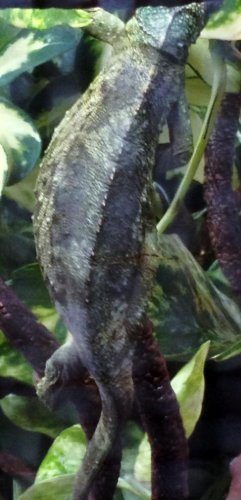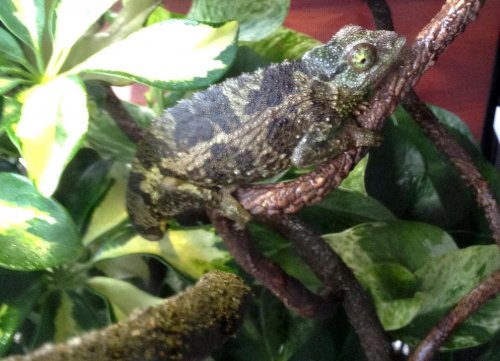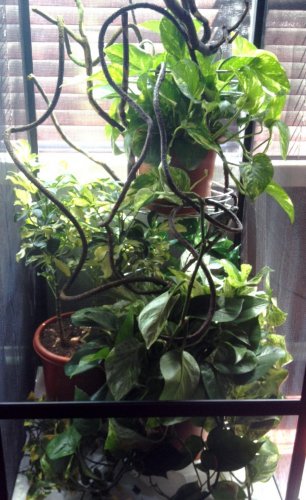KirbyTheCham
Member
I've had my female Jackson's Chameleon for about two weeks now. I know that Jackson's give birth to live young. Are their any indicators of pregnancy, if I have no idea if she's been with a male in the past? I'm starting to notice that she's somewhat plump when relaxed, is she just fat or could she possibly be pregnant? What are your thoughts?




